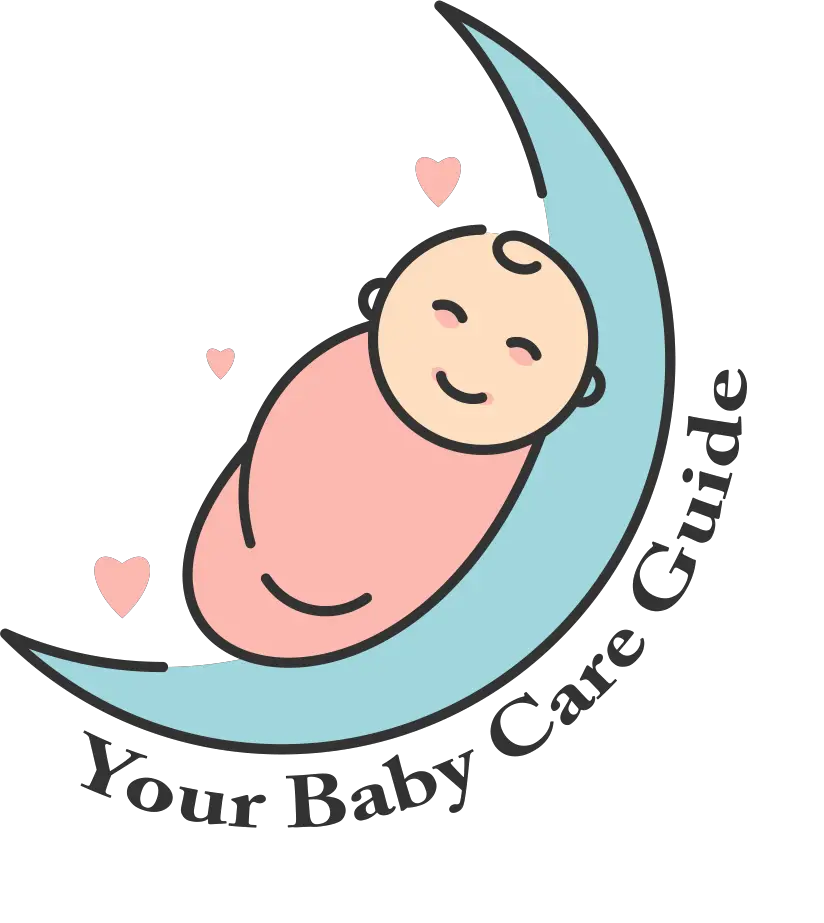When does baby turn head down and stay? Your baby may turn their head down, stay for a few days, and then flip their head back up. When your baby is 37 weeks old, they are unlikely to turn their head back up on their own. First-time moms will probably have less room to move around in this position, so your doctor may want to schedule an ultrasound to ensure the baby is ready to deliver.
To encourage the baby to turn their head down and stay, try sitting on an exercise ball, leaning over your pelvis, or kneeling on a couch. You can also try lowering your arms, so they rest on the floor while your head is lowered. You can also try flattening your back and raising your buttocks. It’s best to experiment with what feels best. If the baby is not turning down or staying, try holding position while you talk to it.
While some babies turn their heads down and stay during the first trimester, most turn their heads down during the third trimester. However, if the baby is not turning its head by 36 weeks, the best time to begin breech exercises is when the fetus is at least thirty-four weeks gestation. By this time, most pregnancies have turned to the side and settled in the head-down position on their own.
The favorable head-down position is also known as the occiput-anterior position. This position is most likely to result in a smooth delivery. The stage of pregnancy determines the position in which your baby will be born. Generally, 97% of pregnant women will move into the head-down position independently. If your baby doesn’t turn head down or stay, your best bet is to consult your obstetrician or midwife.
Your doctor may use an ultrasound to check the position of your baby. They will monitor your baby’s heart rate and blood pressure. Contact the hospital’s staff immediately if you notice any signs of bleeding or reduced movement. Alternatively, you can try kneeling on a mat to help push the baby out of your pelvis. Some mums have reported success with this method. If it doesn’t work, you may want to try chiropractic treatment or acupuncture treatments.
Aside from natural methods, chiropractic and relaxation techniques can also help your baby turn head-down. Try moxibustion to stimulate an acupuncture point near the smallest toe. This technique increases fetal movement and activity. Although few physicians recommend moxibustion, you may try pelvic tilts for about five minutes. Alternatively, if your baby turns head-down during the first few months of pregnancy, you can also try pelvic tilts.
Read More: Is Your Newborn Always Hungry?
Your doctor will recommend a cesarean delivery for your breech baby if you can’t turn it yourself. The risks are lower, and the baby is safer if it’s breech. The wait can be stressful, but ultimately the reward is the baby in your arms. When does the baby turn head-down? Remember that the most important part of childbirth is not how it looks during the first few weeks of pregnancy but how it feels once your baby is finally in your arms.

